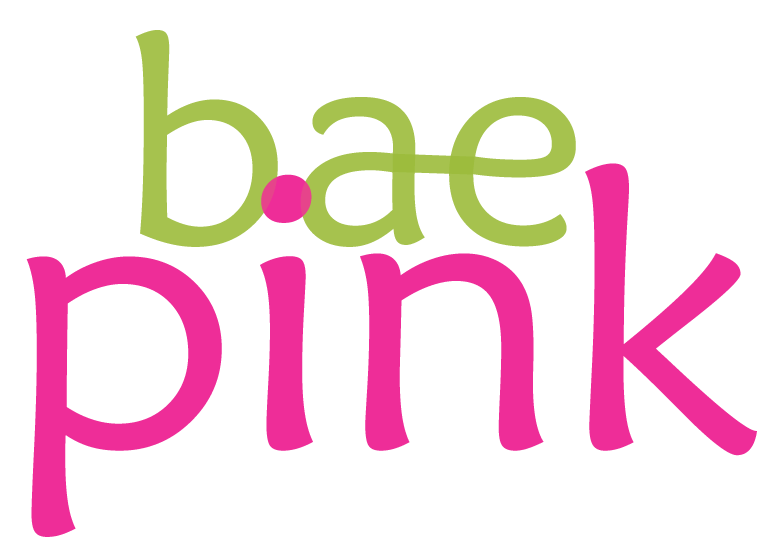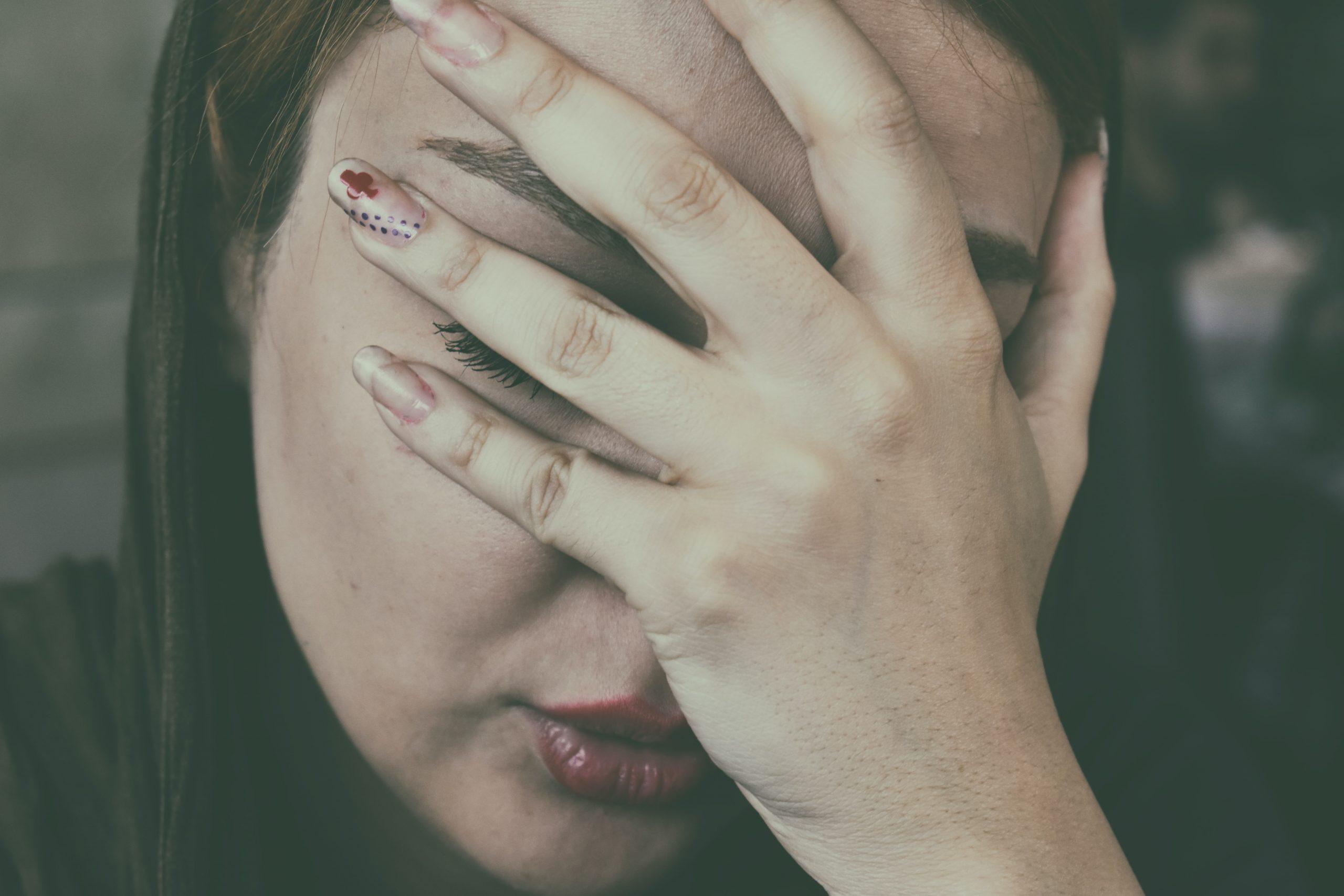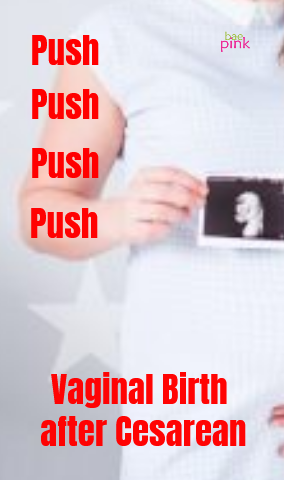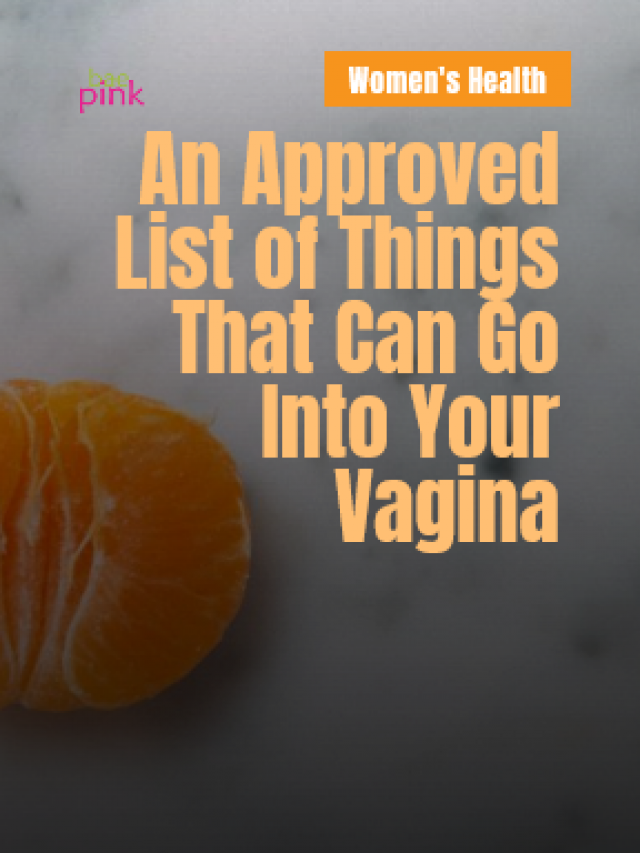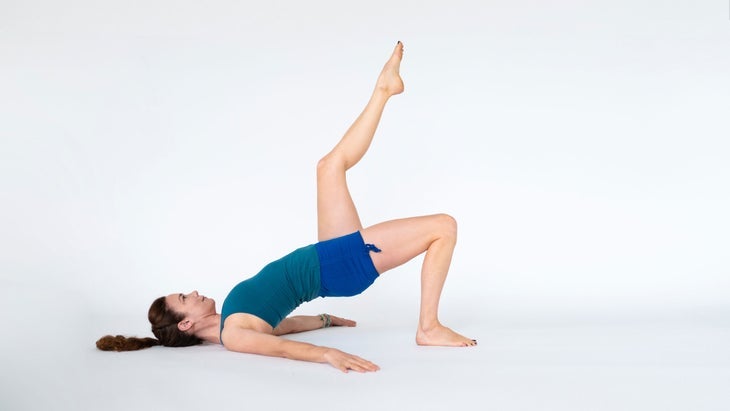Labour pain is the most severe pain they will ever experience. To control this pain, there are various medications available. But many women have started non-medicinal ways to control pain during labour.
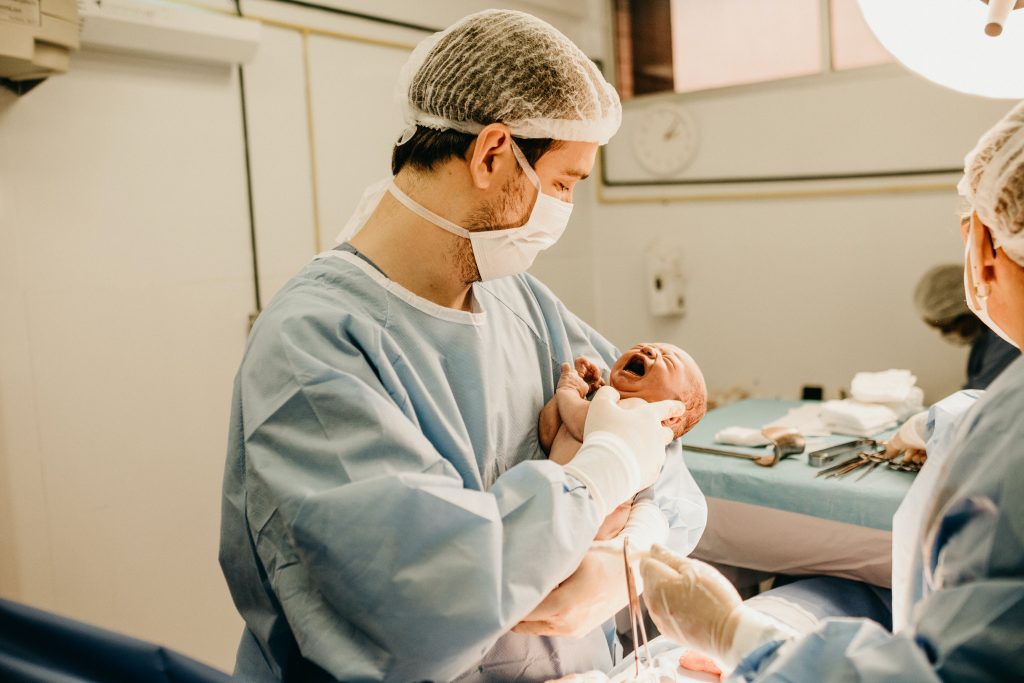
Women’s perceptions of pain are affected by physiological (e.g. birth position) and/or psychological issues (e.g. fear, anxiety). Women feel pain is a natural part of the delivery process. The strength and power to cope with the excruciating pain came from within the women.
The experience of pain during childbirth, together with the experience of strength during childbirth, gives meaning to the transition to motherhood.
Some women cope well with labour pain without any intervention, whereas others require pain relief medications or methods.
What works?
Evidence suggests that epidural pain killers (an injection in your back to stop you feeling pain in part of your body), combined spinal-epidural (CSE means spinal injection followed by the insertion of an epidural catheter) and inhaled analgesia (Loss of the sense of pain due to the inhalation of a vapour or gas) effectively manage pain in labour.
Epidural, and inhaled analgesia effectively relieve pain. Combined‐spinal epidurals relieve pain more quickly than traditional or low dose epidurals.
Globally, epidural analgesia is regarded to be an effective form of pain relief during childbirth. However, it is not necessarily associated with a positive experience of birth.
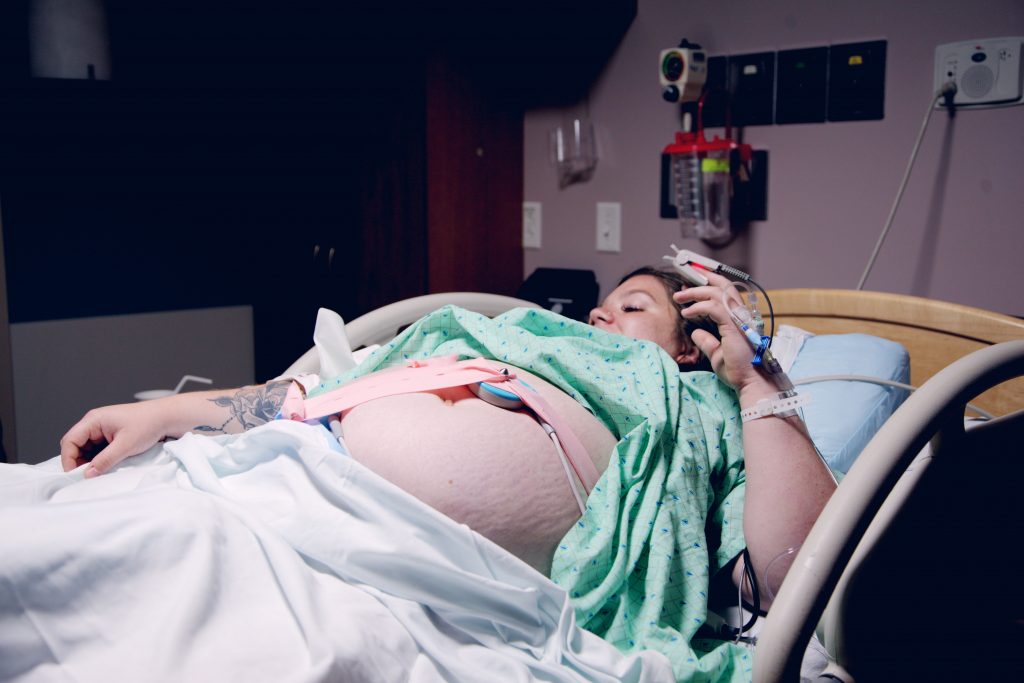
But may give rise to adverse effects. Like women receiving inhaled analgesia were more likely to experience vomiting, nausea and dizziness. Women receiving epidural analgesia were more likely to experience hypotension (low blood pressure), motor blockade (blocking nerve impulses on sensory), fever or urinary retention (inability to urinate). And with CSE women has high chances of developing pruritus (Itchy skin).
A woman’s position in labour, mobility, and fear and anxiety or, conversely, confidence may influence her experience of pain.
What may work?
Some evidence suggests that with few adverse effects, non-medicinal methods may improve management of labour pain, like
- immersion in water,
- relaxation (yoga, music, breathing techniques, and different forms of massage),
- acupuncture,
- massage and
- local anaesthetic nerve blocks or non‐opioid drugs.
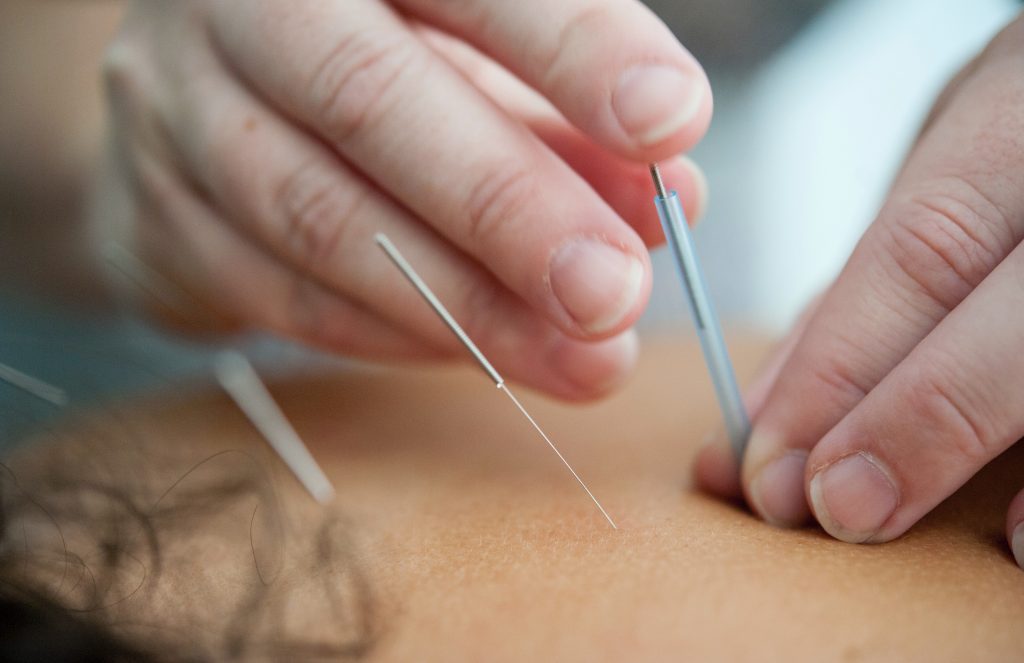
These interventions relieved pain and improved satisfaction with pain relief and childbirth experience. Relaxation was linked with fewer assisted vaginal births. Acupuncture was associated with fewer assisted vaginal births and caesarean sections.
There are insufficient pieces of evidence to conclude that whether or not hypnosis, biofeedback (helps in gaining more control over these normally involuntary functions), sterile water injection, aromatherapy, and Transcutaneous electrical nerve stimulation (pain relief involving the use of a mild electrical current) are effective for pain relief in labour.
While deciding the methods of pain control during labour, the unwanted side effects should also be considered with the effectiveness of the pain control methods. As some of the drugs have long term side effects that may affect the quality of life of the women as well as the infant. Discuss the pros and cons of each pain control method with your doctor beforehand.

